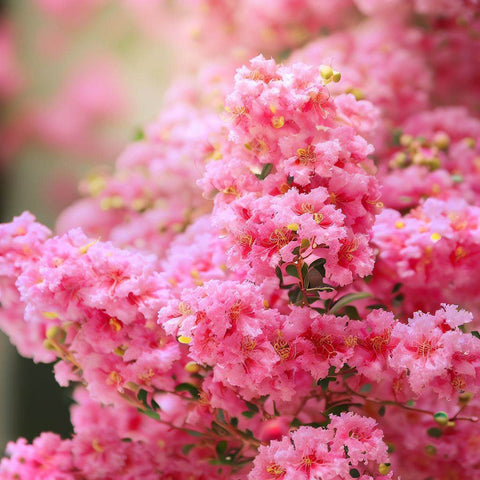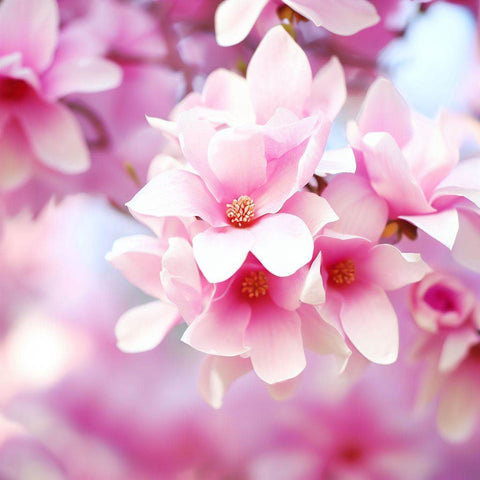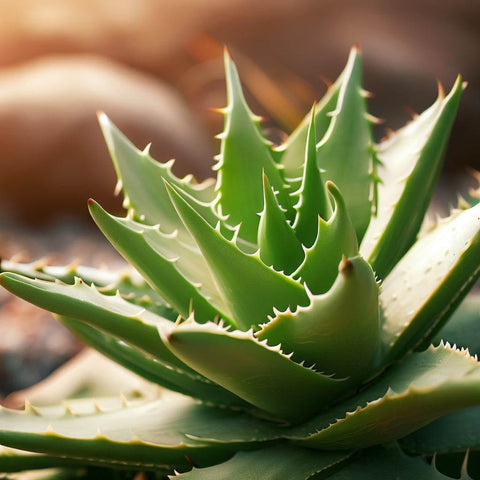Table of Contents
- Introduction
- Appearance and Features
- Growth and Cultivation
- Care and Maintenance
- Benefits of Myrtle Crape Trees
- Landscaping with Myrtle Crape Trees
- Popular Varieties
- Common Diseases and Pest Problems
- Pruning Techniques
- Winter Protection
- Frequently Asked Questions
- Conclusion
Introduction

Welcome to the wonderful world of Myrtle Crape Trees! If you're a nature enthusiast looking to enhance your garden or landscape with an elegant and vibrant plant, then you've come to the right place. In this article, we'll explore the captivating beauty, growth characteristics, care tips, and the many benefits of the Myrtle Crape Tree.
Appearance and Features
The Myrtle Crape Tree, also known as Lagerstroemia indica, is a deciduous ornamental tree native to Asia. It is admired for its stunning and delicate flowers that bloom during the summer months. These trees showcase clusters of colorful blossoms in shades of white, pink, lavender, and red. The flowers are abundant, forming beautiful clusters that create a breathtaking display. The foliage of the Myrtle Crape Tree is equally impressive, with glossy, dark green leaves that transition to vibrant shades of orange, red, or purple in the fall, providing a spectacular show.
Growth and Cultivation
Myrtle Crape Trees are relatively easy to grow and cultivate, making them a popular choice among gardeners. They thrive in USDA hardiness zones 7 to 9, preferring full sun exposure and well-drained soil. These trees can reach a height of 20 to 30 feet and have a spread of 15 to 25 feet, making them suitable for both small and large gardens. Myrtle Crape Trees are known for their fast growth rate and can add a touch of elegance to your landscape in a relatively short time.
Care and Maintenance
Proper care and maintenance are essential for the health and vitality of Myrtle Crape Trees. Here are some key tips to ensure their well-being:
- Watering: During the initial stages, provide regular watering to help establish the tree. Once established, they are moderately drought-tolerant but will benefit from regular watering during dry periods.
- Fertilization: Apply a balanced slow-release fertilizer in the spring to promote healthy growth and abundant flowering.
- Pruning: Prune the tree during late winter or early spring to remove any dead or damaged branches and shape the tree for optimal aesthetics.
- Mulching: Apply a layer of organic mulch around the base of the tree to help retain moisture, regulate soil temperature, and suppress weed growth.
Benefits of Myrtle Crape Trees
Myrtle Crape Trees offer a range of benefits that make them an excellent addition to any garden or landscape:
- They provide spectacular and vibrant summer blooms, adding a splash of color to your surroundings.
- Myrtle Crape Trees attract butterflies and other pollinators, making them a pollinator-friendly choice.
- They are relatively low-maintenance trees, requiring minimal care and attention once established.
- These trees are highly adaptable and can thrive in various soil conditions.
- They are resistant to many diseases and pests, making them a resilient choice for gardeners.
Landscaping with Myrtle Crape Trees
The elegant beauty of Myrtle Crape Trees makes them ideal for enhancing the aesthetic appeal of your landscape. Here are some landscaping ideas:
- Create a stunning focal point by planting a Myrtle Crape Tree as a standalone specimen in your garden.
- Form a beautiful hedge or privacy screen by planting multiple Myrtle Crape Trees in a row.
- Use them as a backdrop for perennial flower beds to create a striking contrast between the colorful blooms and the tree's foliage.
- Plant Myrtle Crape Trees near water features or ponds to create a serene and picturesque setting.
Popular Varieties
Several popular varieties of Myrtle Crape Trees are available, each with its unique characteristics. Some notable varieties include:
- Lagerstroemia 'Natchez': Known for its white flowers and exfoliating bark.

- Lagerstroemia 'Tuscarora': Features vibrant coral-pink flowers.

- Lagerstroemia 'Sioux': Showcases stunning dark pink flowers and attractive cinnamon-colored bark.

- Lagerstroemia 'Muskogee': Boasts lavender flowers and beautiful grayish-brown bark.

Common Diseases and Pest Problems
While Myrtle Crape Trees are generally resilient, they can occasionally face certain diseases and pest problems. Some common issues include:
- Crape Myrtle Aphids: These small insects feed on the sap of the tree and can cause leaf curling and honeydew secretion.
- Powdery Mildew: A fungal disease that appears as a white powdery coating on the leaves, often caused by poor air circulation or high humidity.
- Cercospora Leaf Spot: Characterized by dark spots on the leaves, this fungal disease can affect the tree's overall health if left untreated.
Pruning Techniques
Pruning plays a vital role in maintaining the shape, size, and health of Myrtle Crape Trees. Here are some pruning techniques to consider:
- Removal of Suckers: Regularly remove suckers or water sprouts that emerge from the base of the tree or along the trunk.
- Thinning Out: Thin out crowded branches to improve air circulation and sunlight penetration, which promotes overall tree health.
- Deadheading: Remove spent flowers to encourage the development of new blooms.
- Structural Pruning: Prune young trees to establish a well-balanced and sturdy framework.
Winter Protection
Although Myrtle Crape Trees are generally hardy, providing some winter protection can help them withstand harsh conditions. Here are a few measures you can take:
- Apply a layer of mulch around the base of the tree to insulate the roots and protect them from extreme temperatures.
- Wrap the trunk with burlap or tree wraps to shield it from winter sunscald or frost cracks.
- Water the tree thoroughly before the ground freezes to provide ample hydration during winter dormancy.
Frequently Asked Questions
1. Are Myrtle Crape Trees suitable for small gardens?
Yes, Myrtle Crape Trees are available in compact varieties that can thrive in small gardens or containers.
2. How often should I water my Myrtle Crape Tree?
Water deeply and regularly during the first growing season. Once established, water the tree during dry periods or when the soil feels dry to the touch.
3. Can I grow Myrtle Crape Trees in containers?
Yes, Myrtle Crape Trees can be grown in containers, provided they receive adequate sunlight and regular watering. Choose dwarf or compact varieties suitable for container cultivation.
4. When is the best time to plant Myrtle Crape Trees?
The best time to plant Myrtle Crape Trees is during the spring or fall when the weather is mild. Avoid planting during periods of extreme heat or cold.
5. How long do Myrtle Crape Trees bloom?
The blooming period of Myrtle Crape Trees typically lasts from summer to fall, offering several weeks of vibrant and colorful flowers.
Conclusion
The Myrtle Crape Tree is a stunning addition to any landscape, with its beautiful flowers, attractive foliage, and easy maintenance. Whether you're looking to enhance the aesthetic appeal of your garden or create a picturesque backdrop, these trees offer an abundance of natural beauty. By following proper care guidelines and choosing the right variety, you can enjoy the delicate and vibrant charm of Myrtle Crape Trees for years to come.






























Comments (0)
There are no comments for this article. Be the first one to leave a message!